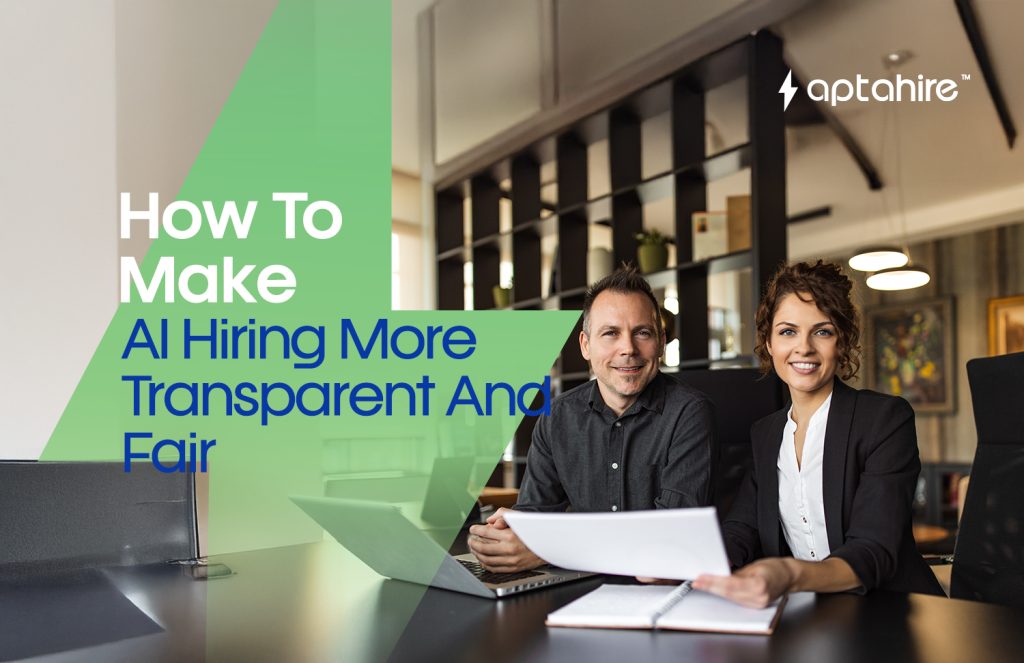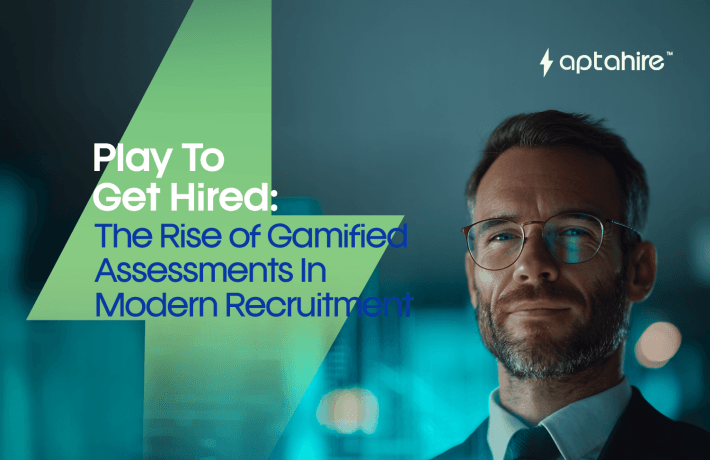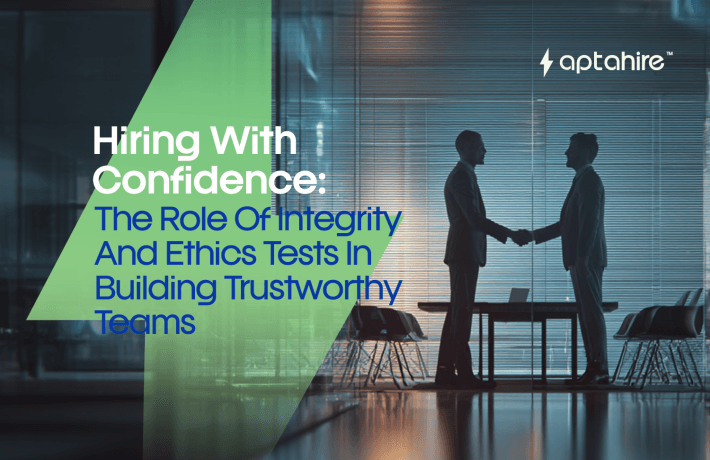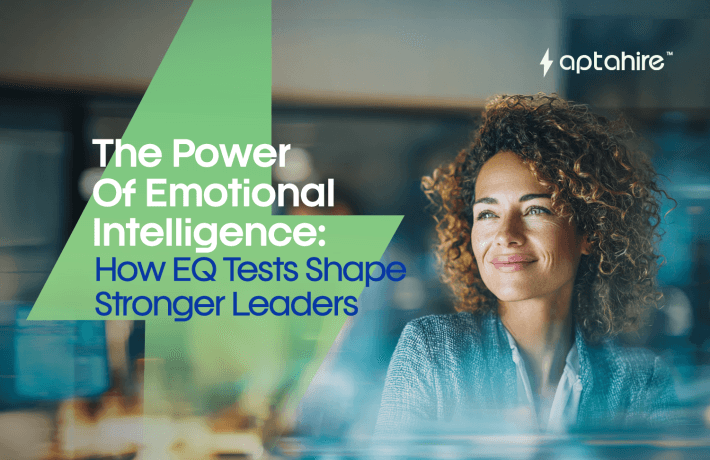How to Make AI Hiring More Transparent and Fairer

AI is transforming the way companies hire. From resume screening and candidate matching to video interviews and skill assessments, artificial intelligence is speeding up recruitment, reducing costs, and helping find better-fit talent faster.
But there’s a catch.
When candidates are rejected by an algorithm and no one can explain why, it becomes a problem. When biases in the data creep into the AI model and replicate historical discrimination, it becomes dangerous. And when the whole process feels like a mystery box with no accountability, it becomes unethical.
That’s why transparency and fairness in AI hiring are not optional, they are essential.
Let’s explore how we can build trustworthy, explainable, and inclusive AI hiring processes that benefit both employers and candidates.
Why It Matters: The Double-Edged Sword of AI in Hiring
AI brings speed and scale. It can analyze thousands of resumes in seconds, spot high-potential candidates using data, and even predict future job success.
However, when not carefully monitored, AI systems can:
- Reinforce bias: Amazon once had to scrap an AI hiring tool that downgraded resumes containing the word “women’s” (e.g., “women’s chess club”), simply because the model learned from 10 years of male-dominated hiring data.
- Lack accountability: Most AI hiring platforms operate as black boxes, where even recruiters can’t explain why a candidate was rejected.
- Violate privacy: Video interviews that analyze facial expressions, tone, or eye movement can raise serious ethical and legal questions.
- Create inequality: Candidates from underrepresented communities or those without access to tech may be unfairly disadvantaged.
So, how do we reap the benefits of AI without compromising ethics?
1. Build AI on High-Quality, Diverse, and Bias-Free Data
AI learns what we teach it. Garbage in, garbage out. If your AI is trained on flawed data, your hiring decisions will be flawed too.
What you should do:
- Use anonymized, diverse datasets for training your AI tools. Strip out identifiers like name, gender, and zip code.
- Remove irrelevant data points that don’t contribute to job performance, like hobbies, ethnicity, or past employer names.
- Regularly test for bias by comparing success rates across gender, race, location, and disability status.
Real-World Example:
One study showed that resume screening algorithms gave higher scores to candidates named “John” over “Jamal,” even though both had identical qualifications. That’s why data hygiene is critical.
2. Make Decisions Explainable: No More Black Boxes
Imagine applying for a job and getting ghosted, not by a recruiter, but by a robot. You don’t know what went wrong. That erodes trust.
Fix it by:
- Using Explainable AI (XAI) frameworks that break down how the system reached a decision.
- Offering candidate-friendly feedback: e.g., “You scored 65% in the cognitive assessment. The passing threshold is 70%.”
- Giving recruiters full transparency into AI decisions so they can override or reassess if needed.
Think of AI as a co-pilot, not a driver. You must be able to explain why the AI made a certain choice.
3. Human Oversight is Non-Negotiable
Even the most advanced AI shouldn’t have the final say on a person’s future.
Best practices:
- Make AI the first filter, not the final judge.
- Have human recruiters validate all shortlists before moving to the interview stage.
- Create a fallback channel for candidates who wish to challenge AI decisions or request a manual review.
Real Talk: Automation fatigue is real. But relying solely on AI with no human checks is like autopiloting a plane with no pilot on board. It’s just risky.
4. Be Honest with Candidates from Day One
Surprises are for birthdays, not job applications. If AI is being used, let candidates know upfront.
How to do it:
- Add a disclosure in your job postings and career pages that explains how AI tools will be used.
- Share details during the application process: “You’ll take a video interview that analyzes speech and expression. It will be reviewed by both AI and our team.”
- Offer opt-out options or alternative assessments for those uncomfortable with AI.
Pro Tip: Transparency isn’t just ethical, it’s a branding opportunity. Candidates trust employers who are upfront and honest.
5. Design AI Hiring Systems That Are Inclusive and Accessible
Let’s not forget, fairness also means inclusivity.
If your AI tools are only usable by people with fast internet, clear speech, and a high-quality webcam, you’re unintentionally excluding a large pool of great talent.
Inclusion checklist:
- Ensure assessments are accessible to people with disabilities (screen reader friendly, adjustable time, etc.).
- Avoid tools that rely heavily on facial analysis unless strictly necessary.
- Always provide human backup channels for those needing accommodations.
Example: A top UK employer redesigned their video assessments after discovering that candidates with autism were scoring lower, not due to lack of skill, but due to discomfort with eye contact and body language.
6. Choose Vendors Who Take Fairness Seriously
All AI hiring tools aren’t created equal. Some providers invest heavily in ethics and compliance. Others don’t.
Before you buy:
- Ask your vendor: What bias mitigation techniques do you use?
- Demand audit logs, explainability features, and candidate privacy tools.
- Check if they comply with EEOC, GDPR, or local AI laws.
Warning Sign: If a vendor can’t explain how their tool makes decisions, don’t use it. Simple as that.
7. Train Your HR Team to Be AI-Smart
Your hiring tech is only as good as the people using it.
Invest in education:
- Train recruiters to understand AI logic and limitations.
- Help them interpret AI-generated scores and red flags responsibly.
- Teach them to intervene when decisions seem questionable.
Think of it as “AI literacy” for HR. In 2025 and beyond, every recruiter will need to know how AI works, not just how to use it.
8. Collect Feedback, and Act on It
Want to improve fairness? Ask the people going through your process.
How to use feedback:
- Create quick post-assessment surveys asking, “Was the process clear?” “Were you treated fairly?”
- Identify drop-off points or common complaints, especially among diverse candidate groups.
- Adjust scoring rubrics, questions, or instructions based on this real-time insight.
Hiring is not a set-it-and-forget-it game. Your AI systems need to evolve with the people you’re trying to reach.
Final Thoughts: Make AI Your Hiring Ally, Not Your Judge
AI isn’t the enemy. When used right, it can reduce bias, accelerate hiring, and surface great candidates who might otherwise be overlooked. But when it’s a black box that no one understands or controls, it becomes a liability.
So let’s do better.
Let’s build systems that are:
- Fair
- Transparent
- Auditable
- Inclusive
- Human-guided
That’s how you future-proof your hiring, and create a recruitment experience people actually trust.
FAQs
1. Why is transparency important in AI hiring?
Transparency helps candidates understand how hiring decisions are made and builds trust in the process. It also allows companies to identify and correct unfair or biased decision-making by AI tools, ensuring ethical and legal compliance.
2. Can AI tools be biased even if they are data-driven?
Yes. AI tools learn from historical data, and if that data includes biased hiring patterns (like preferring certain genders, ethnicities, or schools), the AI can unintentionally replicate or even amplify those biases.
3. How can employers ensure AI hiring systems are fair?
Employers should use diverse and anonymized training data, regularly audit AI outcomes for bias, implement human oversight, and select vendors who prioritize ethical AI practices. Including accessibility options and offering feedback to candidates also promotes fairness.
4. What is Explainable AI (XAI), and why does it matter in recruitment?
Explainable AI (XAI) refers to systems that can clearly show how and why a decision was made. In hiring, this means recruiters and candidates can understand what influenced outcomes, such as assessment scores or resume filters, which supports accountability and fairness.
5. Should candidates be informed when AI is used in the hiring process?
Absolutely. Transparency starts with communication. Informing candidates that AI is part of the process, and how it’s being used, respects their right to understand how their data is being handled and gives them more control.
6. What are the risks of relying solely on AI for hiring decisions?
Without human oversight, AI can make decisions that are biased, lack context, or are based on flawed data. This can lead to unfair rejections, loss of top talent, reputational damage, and even legal consequences.
7. How can companies make their AI hiring tools more accessible to diverse candidates?
Design tools that accommodate people with disabilities, ensure assessments are compatible with assistive technology, allow flexible timing, and avoid relying solely on facial or voice analysis. Providing alternatives for those with limited tech access is also key.
8. What laws or regulations apply to AI-based hiring?
In the U.S., companies must comply with EEOC guidelines. In Europe, the GDPR mandates transparency, data protection, and the right to explanation. Other regions may have their own emerging AI ethics and hiring laws. Staying up to date with local legislation is essential.



